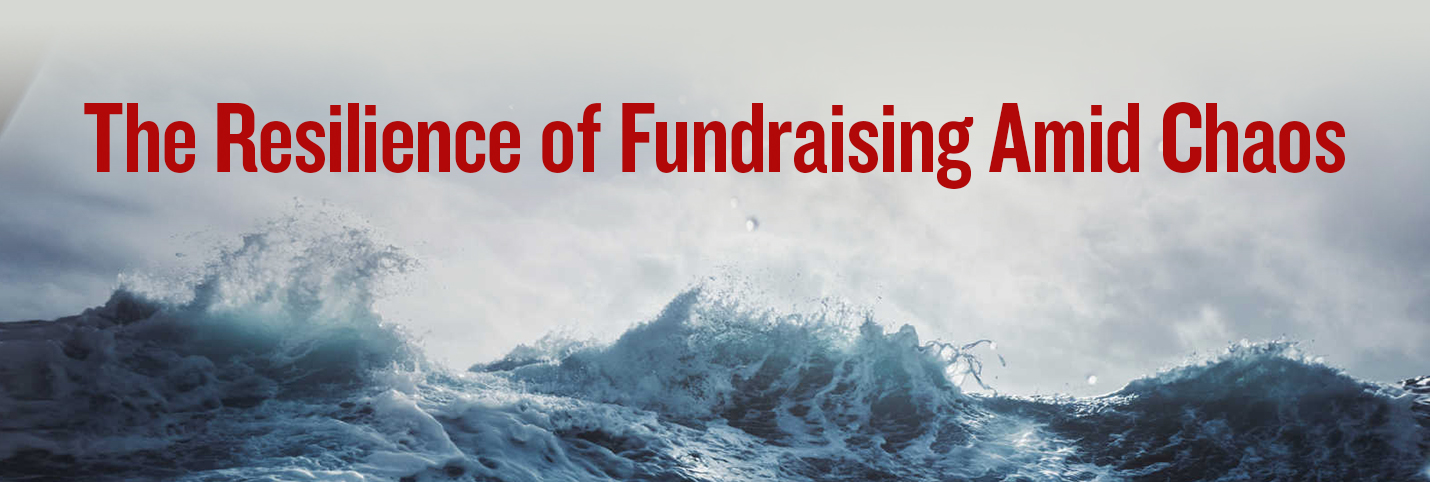The Resilience of Fundraising Amid Chaos
The Historical Perspective
Looking back at history, we can see that times of crisis have indeed led to a temporary reduction in charitable giving. During World War II, for example, Americans were asked to buy war bonds to support the war effort, which led to a decrease in other charitable contributions. In the wake of economic crises like the Great Recession, charitable giving declined as well. However, these periods of decline were often followed by significant rebounds.
The Giving USA Foundation, which has been analyzing and reporting on philanthropic trends for decades, provides data that underscores this point. Their research reveals that even in the face of economic downturns and times of turmoil, charitable giving has displayed remarkable resilience, eventually bouncing back to, and often surpassing, pre-crisis levels.
Reasons for Resilience
Several factors contribute to the resilience of charitable giving:
- Human Compassion: At its core, philanthropy is driven by the inherent human desire to help those in need. This fundamental trait remains unshaken even during tumultuous times.
- Adaptive Fundraising: During crises, many nonprofits adjust their strategies to address immediate needs. This adaptability can actually enhance their connection with donors.
- Social Pressure: People tend to give when they see others doing so. In times of crisis, collective action often leads to increased giving.
The Role of Fundraisers
As a fundraiser, you play a crucial role in harnessing the resilience of charitable giving during turbulent times. Here are four areas to consider as you maintain your fundraising strategy:
- Communication and Transparency: Keep donors informed about how your partnership with them is helping meet the need your mission is fulfilling as you navigate crises together. Transparency and clear communication build trust and encourage ongoing support.
- Impactful Storytelling: Share stories that illustrate the positive impact of donors’ contributions. Emotional connections can motivate giving, even in challenging times.
- Flexibility and Innovation: Be open to modifying your fundraising strategies to address immediate needs. Consider expanding into areas of communication you haven’t used before. Texting, town hall meetings, expanded digital media outlets, or other innovative approaches to sharing the need you are meeting together can all have a positive impact on your net income.
- Donor Stewardship: Cultivate strong relationships with your donors. Express gratitude and make them feel like valued partners in your mission.
In the face of chaos and uncertainty, the historical data trends are clear: there may be a short-term dip in generosity and giving during times of war or other uncertainty, but the trend lines do go back up. The resilience of charitable giving is a testament to the indomitable spirit of humanity. Take this opportunity to adapt and innovate while keeping faith in the generosity of your supporters.
Remember, you are not alone in this journey. Stay true to your mission, maintain strong donor relationships, and adapt to the changing circumstances . . . you can lead your organization through the chaos and toward a brighter future.









